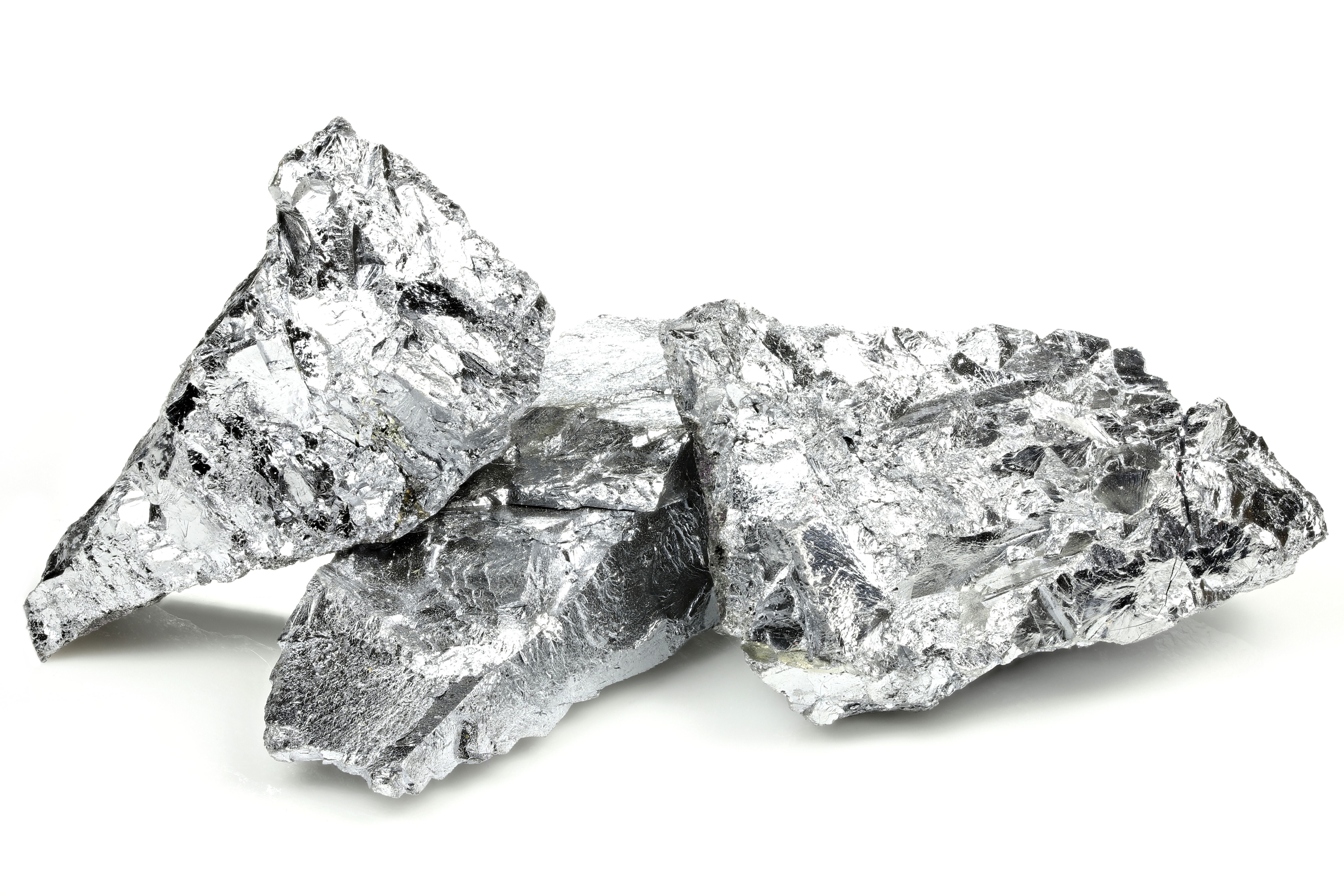Simple and Inexpensive Method for Hexavalent Chromium Determination Developed
A simple and inexpensive method for the determination of hexavalent chromium in aqueous solutions was developed using liquid-liquid microextraction combined with total reflection X-ray fluorescence spectrometry.
Researchers from the University of Girona in Girona, Spain, and the Paul Scherrer Institut in Villigen, Switzerland have developed a simple and inexpensive method for the determination of hexavalent chromium [Cr(VI)] in aqueous solutions. The research was published in the Spectrochimica Acta Part B: Atomic Spectroscopy journal (1).
99.9% fine chromium isolated on white background | Image Credit: © Björn Wylezich - stock.adobe.com

The method utilizes a low-cost Cr(VI) isolation procedure, liquid-liquid microextraction (LLME), followed by analysis using total reflection X-ray fluorescence spectrometry (TXRF). The LLME procedure is based on the formation of an ion-pair between the cationic part of the surfactant cetyltrimethylammonium bromide (CTAB) and the corresponding anionic Cr(VI) species, which is extracted in a few microliters of chloroform.
LLME is a sample preparation technique used to isolate and preconcentrate analytes from aqueous solutions. It involves the transfer of analytes from an aqueous solution into a small volume of an immiscible organic solvent, typically chloroform. The extraction is based on the formation of an ion-pair between the analyte of interest and a suitable reagent, such as a cationic surfactant. The resulting organic phase, containing the preconcentrated analyte, is then subjected to analysis using various detection techniques, such as TXRF. In TXRF, a thin layer of the organic phase is deposited onto a sample carrier and irradiated with a high-intensity X-ray beam, which causes the atoms in the sample to emit characteristic X-rays that can be detected and quantified.
Cr(VI)is a toxic and carcinogenic metal, which can have harmful effects on human health and the environment. It can contaminate water sources through industrial activities and pose a risk to aquatic life and human populations. Thus, measuring the concentration of hexavalent chromium in aqueous solutions is crucial to ensure compliance with environmental regulations and to protect public health. Additionally, accurate and reliable measurement of hexavalent chromium levels is important for monitoring the effectiveness of treatment processes aimed at removing this contaminant from water sources.
TXRF analysis can be performed directly by deposition of 15 μL of the preconcentrated sample on a sample carrier, without any additional sample treatment. The method was successfully applied for the determination of Cr(VI) species in different types of water matrices (tap, well, river, and seawater) as well as industrial aqueous samples, including in industrial wastewater from a galvanic industry and aqueous clinker extracts.
Under optimum conditions, a good linearity was obtained in the range of 5–5000 μg/L with a limit of detection for hexavalent chromium of 0.9 μg/L. This fact opens the possibility of Cr determination in aqueous samples characterized by different concentration levels. For comparison purposes, the determination of Cr(VI) in industrial samples was also carried out using the colorimetric method EPA Method 7196.
The study's authors, Eva Marguí and Laura Torrent, detailed the experimental parameters affecting Cr(VI) extraction and TXRF analysis. They concluded that their simple and cost-effective approach to Cr(VI) determination provides an excellent alternative to current methods, especially for industries that require high sample throughput and rapid analysis.
Reference
(1) Marguí, E.; Torrent, L. Simple method for Cr(VI) determination by liquid-liquid microextraction combined with total reflection X-ray fluorescence spectrometry: Application to water samples and industrial extracts. 2023, 204, 106682. DOI: 10.1016/j.sab.2023.106682
Atomic Perspectives: Highlights from Recent Columns
March 3rd 2025“Atomic Perspectives,” provides tutorials and updates on new analytical atomic spectroscopy techniques in a broad range of applications, including environmental analysis, food and beverage analysis, and space exploration, to name a few. Here, we present a compilation of some of the most popular columns.
Pittcon 2025: Highlighting Talks on Atomic Spectroscopy
February 26th 2025At Pittcon this year, there will be numerous sessions dedicated to spotlighting the latest research that uses atomic spectroscopy or elemental analysis techniques. We highlight some of these talks below that might pique the interest of spectroscopists and researchers attending the conference this year.